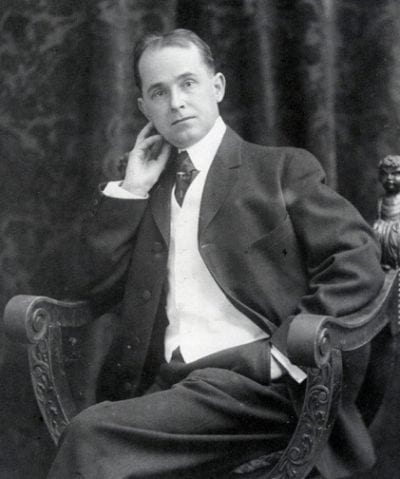
Letter from the Editor: The Curse of Winsor McCay and Leaving it Behind
By DANNY OLDA | September 10, 2018
1927, New York City
Winsor McCay had been drinking rather heavily all evening, but that’s alright. The dinner, after all, was in his honor. Now about 61 years old, McCay was already a legend in animation (not to mention comics and illustration as well). He brought a singular style, a fluid and believable sense of movement and deep emotion to his work and the industry. Max Fleischer, whose own studio would soon produce blockbuster series such as Betty Boop and Popeye the Sailor, introduced his colleague McCay. The animators gathered at the dinner paused and hushed in their meals, eager for any bit of technical tips McCay would offer.
McCay carefully stood up and began addressing his audience. They soon lost interest and McCay soon lost his patience. His bitter dismay with the animation industry that had been simmering for months, perhaps years at this point, boiled over. McCay paused and took another, unexpected track.

“Animation is an art,” he began. “That is how I conceived it. But as I see, what you fellows have done with it, is making it into a trade. Not an art, but a trade. Bad Luck!”
Whether it was a curse or a prescient observation, something spread from the echoes of that last exclamation through animation and the decades that followed.
Our guest editor, animator and director, Esteban Valdez related this story to me. He told it with the historical and semi-metaphysical heaviness of a William Faulkner novel. It was apparent in Valdez’s retelling that this dichotomy–of art and trade, craft and commerce — was as taut in him as it was when McCay chastised his audience 90 years earlier.
Admittedly, lamenting the loss of artistry in an artform-cum-industry is a bit of a hipster complaint trope at this point. If only we could be restored to a time before the complete saturation of superhero movies and reboots, before the commercialization of hip-hop/rock/country/(enter genre here), before blue-chip art fairs dominated the visual arts. However, I think such gripes hold extra weight and have more to mourn when it comes to animation.
Market forces and demands, paired with the labor and time-intensive nature of animation production, wrapped up in a light-weight reputation of children’s entertainment or advertorial backdrop and topped with McCay’s curse (and allowed to marinate for nearly 100 years) has made a peculiar thing of the animation industry. Compared to music, traditional visual art, literature and even film, animation isn’t particularly hospitable to auteurs and upstarts. Artists often need to gather large creative teams, funding resources and other stake holders before their singular vision can seep through all those layers and hopefully remain mostly intact.
However, there is good reason to be optimistic. As the new issue of the magazine investigates, there are auteurs and upstarts in animation today, there are DIY rebels and enterprising indie entrepreneurs. And, perhaps most encouraging, they exist locally.
We speak with our Guest Editor, animator and director Esteban Valdez among other local artists working in animation right now


